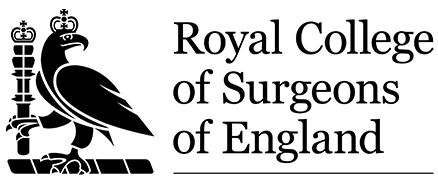Often when the topic of hair transplants is discussed people talk about men having the procedure, however more and more women are now opting to have the medical treatment that is changing lives. With celebrities such as Keira Knightley, Kristin Davis and Tyra Banks amongst others having the surgery and a boom in the desire to have a better image on social media, the stigma has gone and it is now become normal practice for females to go through with the procedure.
What is a female hair transplant?
A female hair transplant is a medical procedure in which hair follicles are transferred from the back of the head to the desired area, usually the hairline. The procedure usually takes between 6 to 8 hours, is carried out under local aesthetic and the patient can return home on the day of the procedure. In the days after the operation, the patient must take it easy in order for the grafts to fully embed into the scalp and they must follow a strict aftercare routine. It then takes 3 to 4 months for the hair to start coming through and 12 to 18 months to see the final result. The process however is well worth the wait and it has proved life changing for many women who have taken the plunge.
Who is suitable for a female hair transplant?
As a women, being suitable for a hair transplant can differ slightly from that of being suitable for a hair transplant if you are male (link to male hair transplant?). This is why the most suitable women for a hair transplant are women who want to reduce the size of their forehead, not women who are experiencing hair loss. When a man is losing his hair it is almost certain that it is due to a product of testosterone called DHT – men can then start taking finasteride medication to block DHT and can stop any ongoing hairless. This means that if men have a hair transplant they can be more confident they will not continue to lose any existing hair outside their recipient area if they take the medication.
Women on the other hand do not lose their hair due to DHT attacking the hair follicle and their hair loss can be much more complex, meaning that blood tests may be needed to determine why they are losing their hair. If the hair loss has stabilised and the cause of hair loss has been identified it is always possible to transplant new hair into the desired area, but the doctor would need to be certain that the procedure would be successful before going ahead with surgery. However, if a woman has a hairline that has always been the same height and she wants it lowered slightly to reduce the size of her forehead she is considered to be the perfect candidate.
What methods are used?
Hair transplants are performed in two different ways – FUT and FUE. Although our surgeons can perform both procedures, FUT (strip method) is recommended to the majority of our female patients as this method means that there is no need to shave the donor area. The possibility of FUE (Follicular Unit Extraction) for female patients can be limited as a large area of hair at the back of the head needs shaving to a zero so that the grafts can be taken out individually. This means that there will be a loss of density for a while until the hair has grown back to a reasonable length. For FUT surgery, the doctor will take a thin strip of hair from the donor area. The strip is then cut into smaller pieces and the grafts are dissected under a microscope, the surgeon then makes incisions in the recipient area and the grafts are carefully planted into the channels that have been opened. FUT does leave a thin scar at the back of the head but the beauty is that a female patient can cover any such scar with longer hair, meaning that nobody would ever know that any surgery had taken place. More information about FUT and FUE surgery can be found here.
How can I find out more?
Hair transplants can completely transform your image and boost your self-confidence. Being able to style your hair the way that you have always wanted is worth its weight in gold and it is possible to get the hairline you have always wanted. If you want to find out more all you need to do is fill in our simple Medical Questionnaire, skip the salesman and book a free consultation with one of our surgeons.



